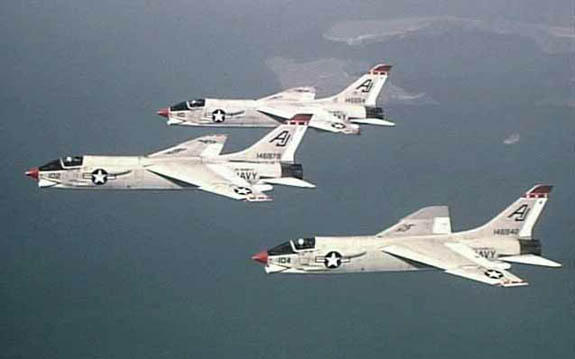If they were really that concerned about reducing the risks of having the pilot eject, they would have built the thing with a second engine
Yeah...just like these pieces of shit...



Follow along with the video below to see how to install our site as a web app on your home screen.
Note: This feature may not be available in some browsers.
If they were really that concerned about reducing the risks of having the pilot eject, they would have built the thing with a second engine



Yes, horrible-all of them.Yeah...just like these pieces of shit...



How many pilots are under or at 140 pounds? It seems like a pretty small weight.
 ) and for the T-6 I had to sign a waiver basically saying that I was cool with the fact I had a higher risk of injury/death if I ejected.
) and for the T-6 I had to sign a waiver basically saying that I was cool with the fact I had a higher risk of injury/death if I ejected.If you're underweight then you have to sign a waiver. When I was in API/primary I was well under 135 lbs (now not so much) and for the T-6 I had to sign a waiver basically saying that I was cool with the fact I had a higher risk of injury/death if I ejected.
How many pilots are under or at 140 pounds? It seems like a pretty small weight.
How many pilots are under or at 140 pounds? It seems like a pretty small weight.

I'm 145 lbs and I'm sure I'd lose some weight at OCS if selected. I guess I could plan on eating a lot of cheeseburgers during flight school.


You've got the physics right, but it's really not that big of an issue for what is statistically a very small percentage of aircrew. I'm sure someone at NAVAIR or MB has some data, but if it were that big of an issue, they would outright anthro people out of those aircraft instead of simply signing an acknowledgement form. It's not even a waiver, per se. It doesn't indemnify the government from any liability.Is the issue with the lower crew weight in an ejection seat an issue because the acceleration (from a fixed-thrust rocket motor) would be too high? If so, then why not have the <140 crowd walk to their aircraft with 20 or so pounds of "ballast" to make the seat heavier? You can put it on part of the seat that separates and is discarded following the "up" path of the seat, so that your parachute experience is not "weighed down." I can't be the first person w/ that idea, so there must be some reason why that can't work.
